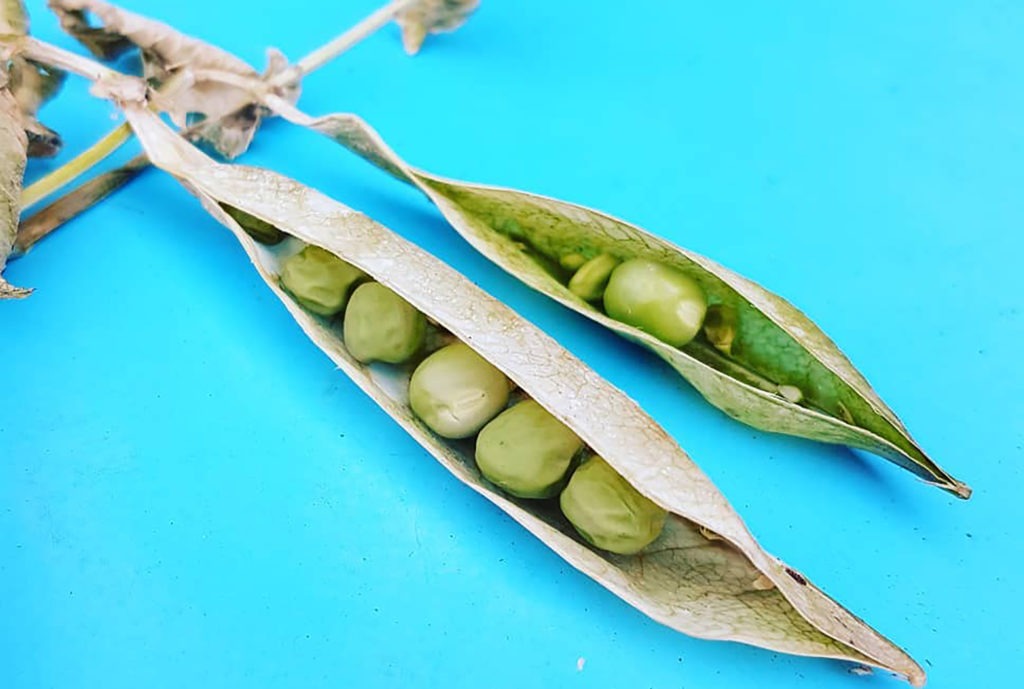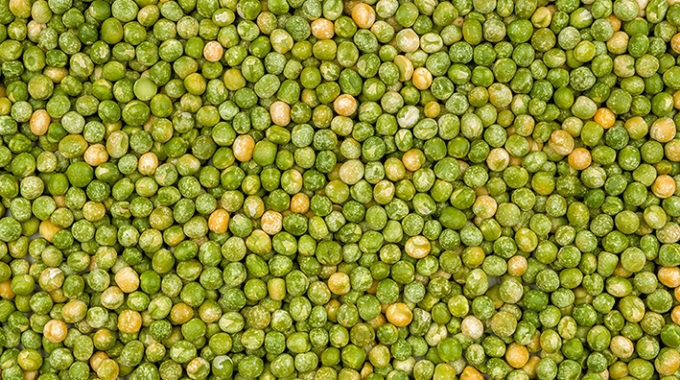Wrinkly peas: the newest superfood?
It might not be as Insta-worthy as an açaí bowl or dragon fruit nice cream, but the latest vegetable to earn the title of “superfood” could do something much more important than just jazzing up your social media feed – it could lower your risk of type 2 diabetes.
New research involving Professor Elaine Holmes – Director of Murdoch University’s Centre for Computational and Systems Medicine – and colleagues at Imperial College London suggests wrinkly peas could be the new superfood to tackle diabetes. The study found a natural genetic mutation in smooth green peas, which made the peas appear more shrivelled and wrinkly, also helped prevent blood sugar spikes linked to type 2 diabetes.
“It’s a great discovery, especially if you’re looking to reduce your risk of diabetes or to help type 2 diabetes patients control blood sugar levels,” Professor Holmes says.

As rising blood glucose levels continue to be a significant health risk in many diseases, Professor Holmes and her colleagues suggest these findings offer an “alternative dietary strategy”, particularly in combating the type 2 diabetes epidemic, which currently affects around one million Australians, with these numbers growing each year.
“Our bodies take longer to break down resistant starch, which helps prevent the blood sugar spikes that contribute to type 2 diabetes risk,” Professor Holmes explains. “The benefit of the mutation we found in wrinkly peas is that they contained lower carbohydrate content but higher amounts of resistant starch.”
Consisting of four trials with healthy volunteers, the study saw participants fed a mix of meals using either wrinkly peas or wrinkly pea flour products, as well as regular smooth peas. The research team measured how quickly each participant’s stomach would empty to understand how well the various meals were being digested. The results showed wrinkly peas lead to less glucose being available in the small intestine.

“Those with more wrinkly peas and wrinkly pea flour products in their diet displayed more stable blood sugar and healthy changes in gut bacteria, which we know are linked to long-term metabolic health benefits,” Professor Holmes says. She expects the research could have a widespread effect on glucose management practices and global food production.
“There has been a very limited understanding of how starch structure within carbohydrate-rich foods interact with our gut to control blood glucose levels,” she says.
The research has basically established new ground for food and nutrition scientists to identify other natural mutations in legumes and vegetables that could provide a similar “superfood” benefit, and ultimately improve food production.
“For example, wrinkly peas and products using wrinkly pea flour could replace higher carbohydrate-type ingredients used to improve how common foods are produced,” Professor Holmes says “It could change the global landscape of public health.”









